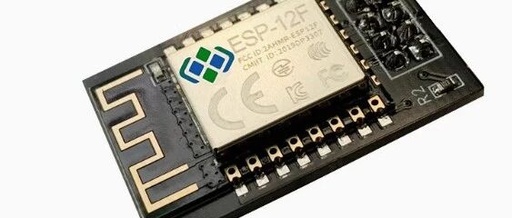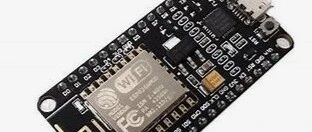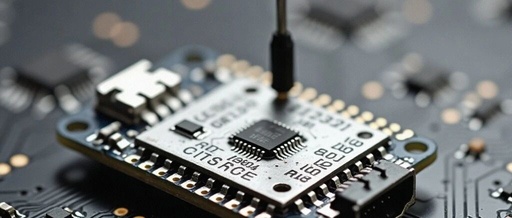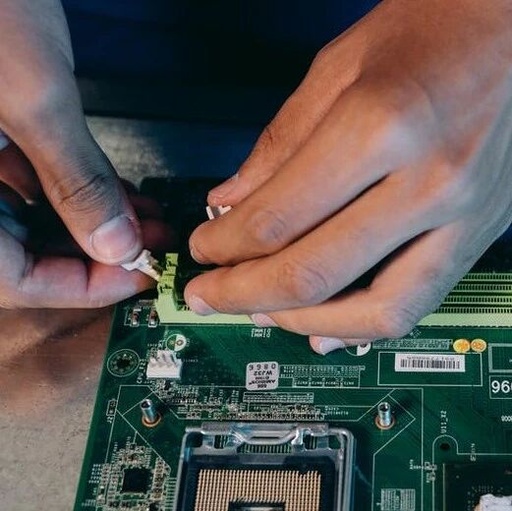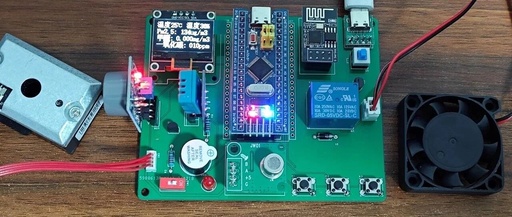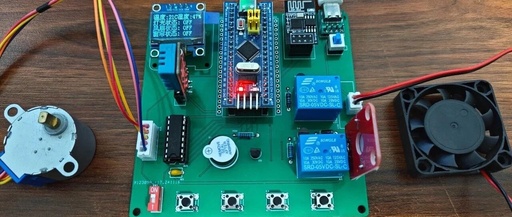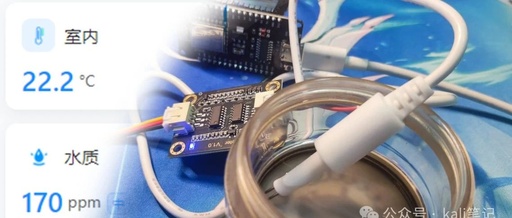Connecting the ESP8266 WiFi Module to Huawei Cloud via MQTT Protocol
Command Description Basic AT Commands AT: Test AT startup. AT+RST: Restart the module. ATE: Enable or disable AT echo function. WiFi Connection Related Commands AT+CWMODE: Query/set Wi-Fi mode (Station/SoftAP/Station+SoftAP). AT+CWJAP: Connect to the specified WiFi network. MQTT Configuration Commands AT+MQTTUSERCFG: Set MQTT user attributes. AT+MQTTLONGCLIENTID: Set MQTT client ID. AT+MQTTLONGUSERNAME: Set MQTT login username. AT+MQTTLONGPASSWORD: … Read more
